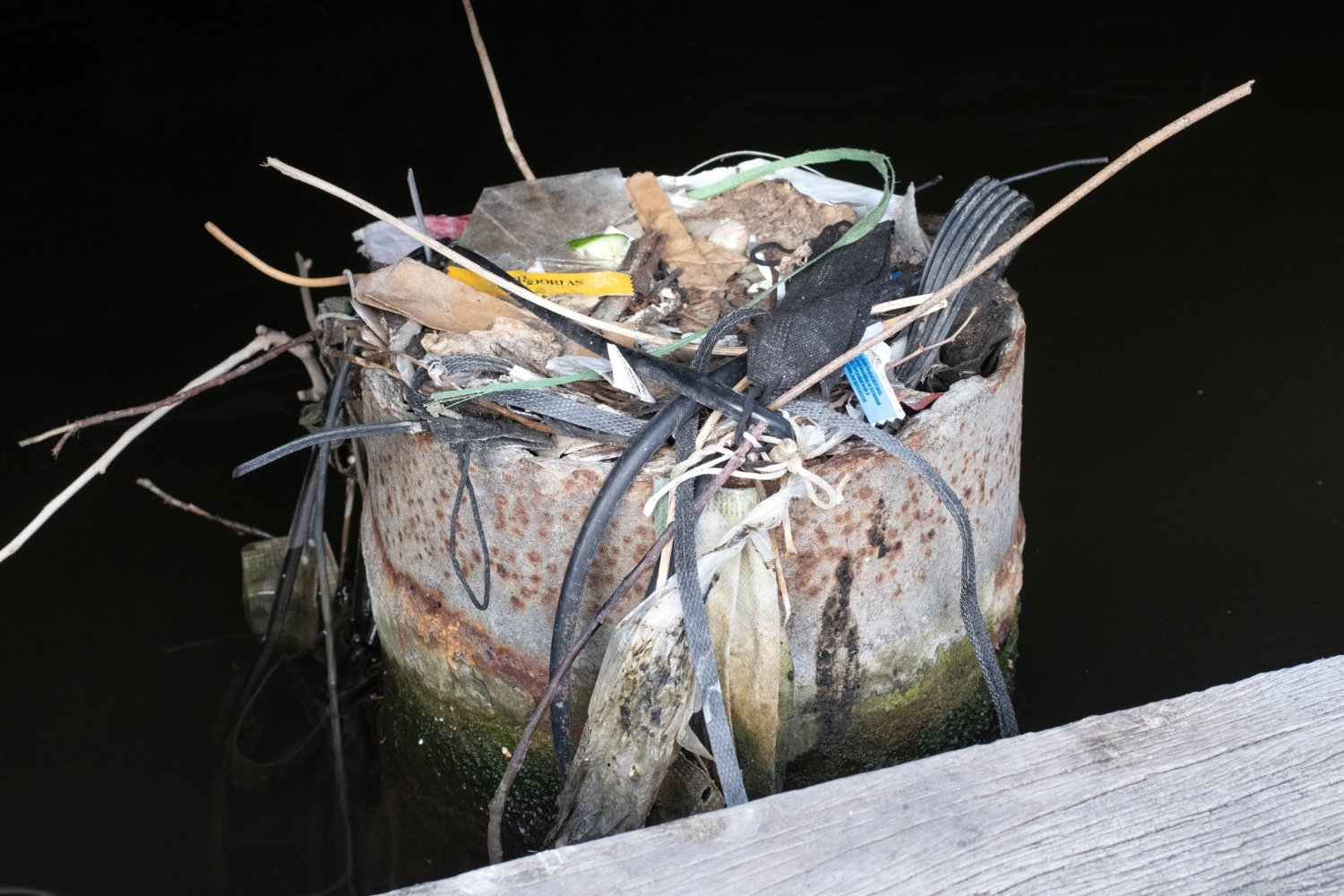
The Plastic Nest Chronicle: A New Chapter in Avian History and the Anthropocene
The pervasive reach of plastic pollution is reshaping the natural world in unexpected ways, extending its influence even into the intimate lives of birds. Scientists are beginning to understand that plastic isn’t just an environmental hazard; it’s becoming a geological marker, a time capsule embedded in the very fabric of the planet. This new era, often termed the Anthropocene, is characterized by the profound and lasting impact of human activity on Earth’s geological and ecological systems. Evidence of this impact is becoming increasingly apparent, even in the seemingly mundane activities of common birds.
A fascinating study recently published in The Scientific Naturalist reveals how the common coot, a wetland bird species, is inadvertently documenting human history through its nesting habits. Traditionally, these birds construct nests from natural, biodegradable materials, requiring them to build anew each year. However, the proliferation of plastic waste is leading to a significant behavioral shift: coots are now incorporating plastic debris into their nests, creating durable structures that can persist for multiple years.
This seemingly simple change has profound implications. It means that coot nests are no longer ephemeral structures that disappear with the seasons. Instead, they’re becoming layered archives of human consumption, each piece of plastic a timestamp representing a specific moment in time. Researchers are exploiting this phenomenon to unravel the history of these nests, essentially reading them like pages in a peculiar, plastic-filled history book.
The key lies in the expiration dates and branding found on the plastic waste. Discarded food wrappers, drink containers, and other packaging often bear dates that provide clues about their origin. By carefully analyzing the plastic found within a coot nest, scientists can reconstruct its history, determining when different layers were added and providing insights into the bird’s nesting behavior over time.
Auke-Florian Hiemstra, a researcher at Leiden University, spearheaded the investigation, meticulously deconstructing and sorting over a dozen abandoned coot nests. He separated the natural materials from the human-made debris, painstakingly examining each piece of plastic for identifiable markings. The results were astonishing.
Hiemstra discovered that many of the plastic fragments contained expiration dates or packaging details that allowed him to accurately date the layers of the nests. One particularly remarkable nest contained 635 artificial items, 32 of which were food-related waste bearing dates spanning several decades. A significant portion of this waste originated from McDonald’s, and the researchers even unearthed a Mars wrapper advertising the 1994 FIFA World Cup held in the United States.
The information gleaned from these plastic artifacts paints a vivid picture of the nesting site’s history over the past 30 years. The nest in question was situated near a tour boat dock, a location that likely provided a steady stream of discarded waste. While the researchers couldn’t deconstruct the nest in perfect chronological order due to the constant disturbance caused by mooring boats, they observed a clear stratification of materials. The most recent layers contained face masks, a testament to the COVID-19 pandemic, while the deepest layers revealed plastic dating back to the early 1990s.
To further validate their findings, the researchers cross-referenced the dates found on the plastic with archived Google Street View images of the nesting site. This confirmed that coots were indeed nesting in the area during the years indicated by the expiration dates on the plastic found within the nests.
The study revealed that at least 15 common coot nests exhibited evidence of multi-year use, a direct consequence of the birds’ incorporation of durable plastic materials. This new behavior may offer several evolutionary advantages. Birds that reuse existing nests save time and energy compared to those that build from scratch, allowing them to focus on defending their territory and raising their young.
The researchers argue that this phenomenon represents a significant shift in coot nesting behavior, driven by the abundance of plastic waste. The durable nature of plastic allows nests to persist for multiple years, transforming them into historical records of avian activity and human consumption.
Beyond the immediate implications for coot behavior, this study highlights the broader impact of plastic pollution on the environment. The researchers emphasize that the layers of plastic accumulating in bird nests serve as a microcosm of the Anthropocene, reflecting the indelible mark that humans are leaving on the planet.
The long-term consequences of this plastic-induced behavioral change remain to be seen. It’s possible that the reuse of nests could lead to increased parasite infestations or other health problems for the birds. However, it’s also conceivable that this adaptation could provide coots with a competitive edge in a rapidly changing environment.
Regardless of the ultimate outcome, the story of the plastic nest chronicle serves as a stark reminder of the pervasive influence of human activity on the natural world. The layers of waste accumulating in bird nests, and likely in countless other ecosystems around the globe, are a testament to our unsustainable consumption patterns.
As future researchers delve into these layers of waste, they will undoubtedly uncover further insights into the history of the Anthropocene. The plastic embedded in bird nests, archaeological sites, and geological strata will serve as a lasting legacy of our time, a reminder of the profound and enduring impact of human actions on the planet. The question remains: What story will these layers of waste tell about us? Will they portray a civilization that learned to live in harmony with nature, or one that ultimately succumbed to its own excesses? Only time will tell.
